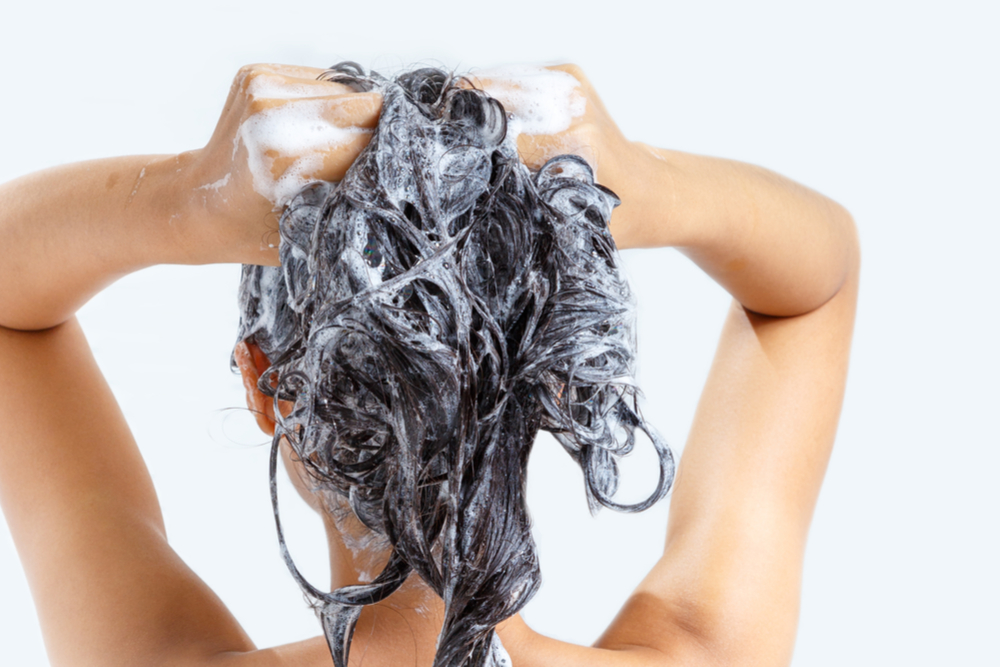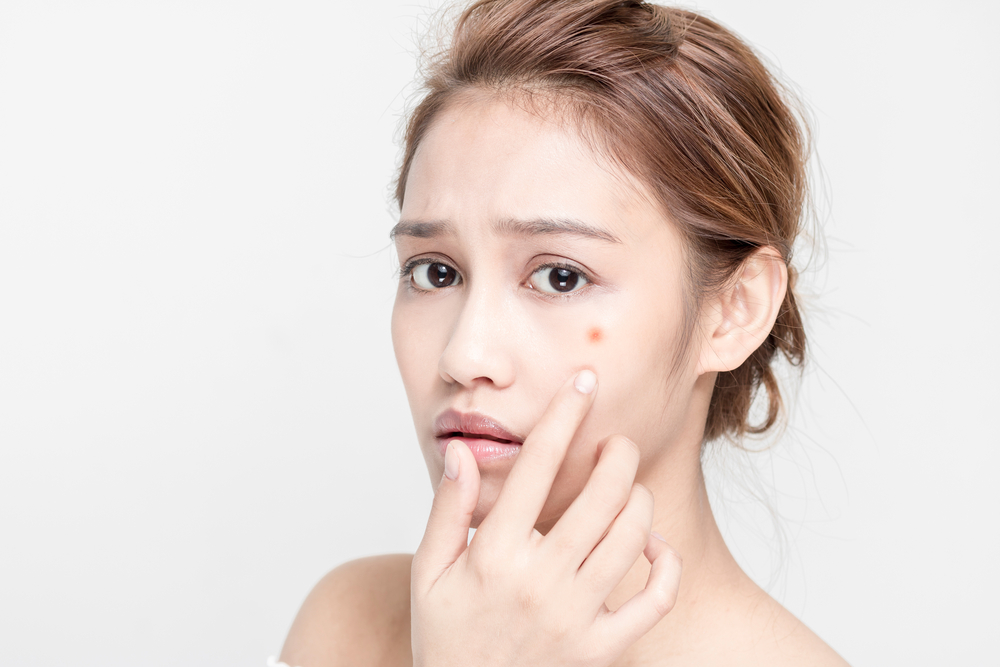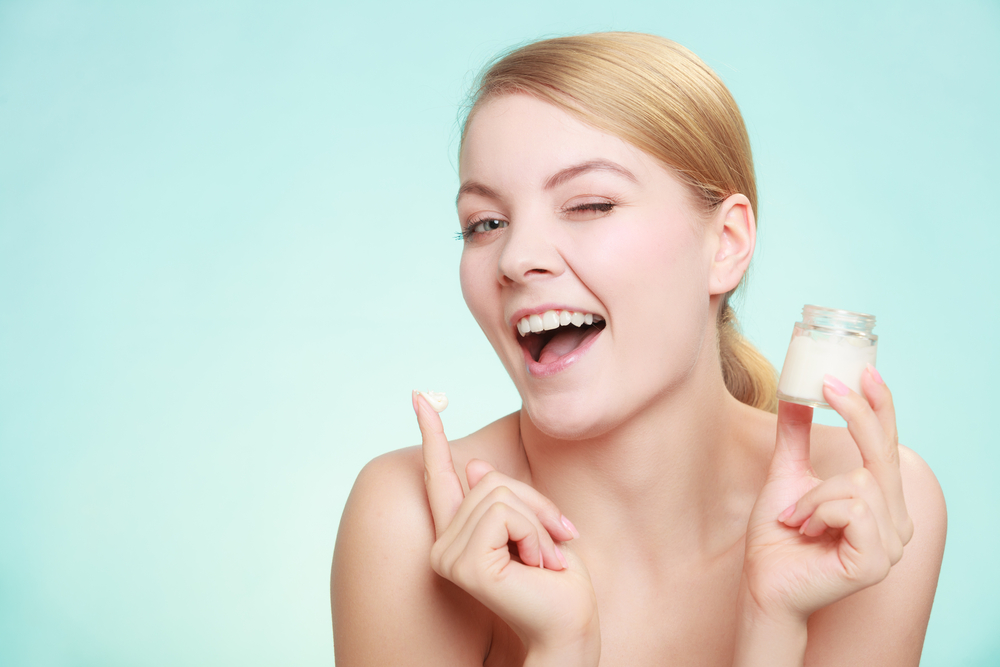- Dihydroxyacetone (DHA), the active ingredient in self-tanners, is FDA approved.
- Self-tanning products can be administered as lotions, gels, creams or sprays.
- These chemicals are generally safe but should not be inhaled or ingested.
- To avoid any mishaps, it’s best to use the products as instructed and adhere to some simple pointers.
Repeated exposure to UV rays from the sun or tanning beds can dramatically increase your chance of developing skin cancer while also prematurely aging your skin. To get the skin tone you desire without subjecting yourself to unnecessary risk, a plethora of self-tanning products or ‘sunless tanners’ have been created. To learn how to use self-tanners correctly, it’s important to first understand how they work.
What’s in self-tanning products and how do they work?
If you have fair skin, maintaining a tan can be tricky. Developing that healthy glow can be aesthetically rewarding and appealing but sun exposure comes with risks. With self-tanning products, you can skip the risk of UV exposure but still reap the benefits. Self-tanning products have come a long way since their inception. While they don’t give you a real tan, if applied correctly, they can give you a healthy glow that will look just as good as the real thing.
Active ingredients
Dihydroxyacetone (DHA) is the main active ingredient in all effective self-tanners. It’s also the only one that’s currently approved by the FDA.
DHA is a type of sugar that interacts with the top layer of your skin. It triggers a chemical reaction with the amino acids in your skin cells that stains the outermost layer of your skin, thus giving the appearance of a tan. It can take up to eight hours for DHA to stain your skin, so don’t be alarmed if it doesn’t appear to be working right away.
DHA only affects the top layer of your skin cells, so the tan will last for as long as it takes for the cells to exfoliate – usually around one week. DHA can come in many forms, such as lotions, gels, creams or sprays. Sometimes DHA is combined with erythrulose to create a longer-lasting, more even tan. Erythrulose is similar to DHA but produces a lighter tan and takes longer to take effect.
Is DHA safe?
DHA is widely regarded as safe and non-toxic as long as it’s applied to your skin. However, you should still take some basic precautions when applying it. “While DHA appears to be safe for topical use, it should not be inhaled or ingested,” explains Dr. Russell Peckham, a Round Rock, Texas-based dermatologist. Consider wearing a mask when applying the product to prevent accidental inhalation or ingestion. Dr. Peckham also points out that you should not get DHA in your eyes, so be careful when applying self-tanning creams to your face.
Although it’s an uncommon side effect, some fair-skinned people – especially those with sensitive skin – may develop a rash in response to DHA. If you typically have sensitive skin, try applying a small amount of the product to one small test area to see how your skin reacts. It’s important to note that DHA provides no real protection against UV rays. Thus, it is not a replacement for sun protection, so remember to wear sunscreen when you’re going to be outside during peak UV hours.
How best to use self-tanning products?
Self-tanners come in many forms. Each product has its recommended method of application. However, there are certain steps you can follow when using any product to optimize the end result of a healthy-looking, even tan.
Dr. Jennifer Trent, a dermatologist in Sarasota, FL, has some advice. “DHA reacts with dead skin cells which turn those dry areas darker,” she explains. “That’s why it is important to cleanse and exfoliate prior to using a self tanner [and to apply] lotion prior to using self tanner on your elbows, knees and heels. This will prevent those areas from becoming darker than the rest of your skin. Also, selecting a moisturizing self tanner lotion will avoid streaks forming on your skin.”
In addition, consider applying moisturizer to your hands or wearing gloves when applying the self-tanner to prevent orange palms – a tell-tale sign that your tan is fake. Also, remember to cover areas that would not normally tan (soles, fingernails, hair) as exposure to DHA at these sites can give your tan an unnatural look. Many products will come with an applicator mitt or glove to help you avoid staining your palms. Finally, be sure to let the product dry completely before getting dressed to prevent staining. Read the label and instructions carefully as each product will have a suggested drying time.
Are there any side effects?
Of course, one of the biggest concerns of any self-tanning user is looking orange. This off-putting tinge is the result of too much DHA being released too quickly on the skin’s surface. The orange color can be much more noticeable on fair skin, which is why it’s important to know how to properly apply the product and which product to choose. If you use too much self-tanner or apply it unevenly, your skin can end up looking orange and streaky.
Another potential issue is the smell. There’s an unpleasant chemical odor that is often associated with self-tanners. Many companies go to great lengths to ensure that their product does not give off this smell, adding a variety of perfumes or scents in the product to conceal it.
Take care to test the product on a small patch of skin to make sure you aren’t allergic to these additives. Finally, while self-tanners won’t stain clothing, the oxidized skin can rub off onto clothing and leave brown marks on light-colored garments.Opt for darker fabrics right after using the product.
Choosing a self-tanner
Countless self-tanners are available on the market, so it may be confusing to know which one to try. If you have fair skin, Dr. Trent has two suggestions for general consideration – choose a self-tanner that builds color slowly and one that has a lower concentration of DHA (3% as opposed to 5%).
Dr. Tsippora Shainhouse, a dermatologist in Los Angeles, categorizes products in two ways: ‘prestige brands’ and ‘drug store brands.’ Dr. Shainhouse and Dr. Trent have several product recommendations for fair-skinned people, which we have listed here.

St. Tropez Self-Tan Bronzing Mousse
St. Tropez Self-Tan Bronzing Mousse is a very popular product that has earned excellent reviews. Users rave about its ease of application, long-lasting effects and natural look. Best of all, it gives a truly natural-looking tan to people with pale skin – not always an easy feat to accomplish. St. Tropez is also lightly perfumed.
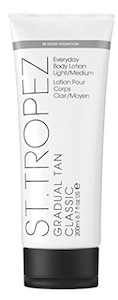
St. Tropez’s Gradual Tan Moisturizer
From the same brand, St. Tropez’s Gradual Tan Moisturizer has a light concentration of DHA and is a good entry product for people who have not used tanners before or are looking for a subtle tan. It can be used daily and moisturizes to keep your skin looking fresh.
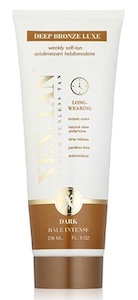
Xen Tan
Xen Tan offers a wide range of self-tanning products that can be used on many different skin tones. They pride themselves on producing a natural look while providing a pleasant, long-lasting fragrance.

Clarins Self-Tanning Instant Gel
Clarins is another popular brand that offers a variety of self-tanning products, including products specifically for the face. Their Self-Tanning Instant Gel is very popular and allows for a smooth, even tan.

Fake Bake Fair Lotion
Fake Bake Fair Lotion was designed specifically with fair-skinned people in mind. It relies on a combination of DHA and erythrulose to achieve a more subtle, natural-looking glow. It’s easy to control how dark you want your skin to be as you can start slow and decide to go darker simply by using more of the product.
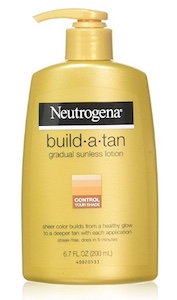
Neutrogena Build-a-Tan
Neutrogena Build-a-Tan is another good entry-level choice for those with a fair complexion. Its ease of use and low cost have made it a popular choice. Users can control their skin tone simply by deciding how much to use and how often to use it. It acts quickly and dries quickly, too.

Jergens Natural Glow Moisturizer
Jergens has a wide range of self-tanners to match almost any skin tone. Their Natural Glow Moisturizer is suitable for daily use, and can be found in most drug stores.
Consult an aesthetician
If you’re nervous about using a self-tanner for the first time, consider visiting a salon run by a professional aesthetician. While this is a more costly option, having a trained professional apply a tanning product will guarantee a healthy, natural and even look. This could be a good strategy for your first experience with a self-tanning product.







